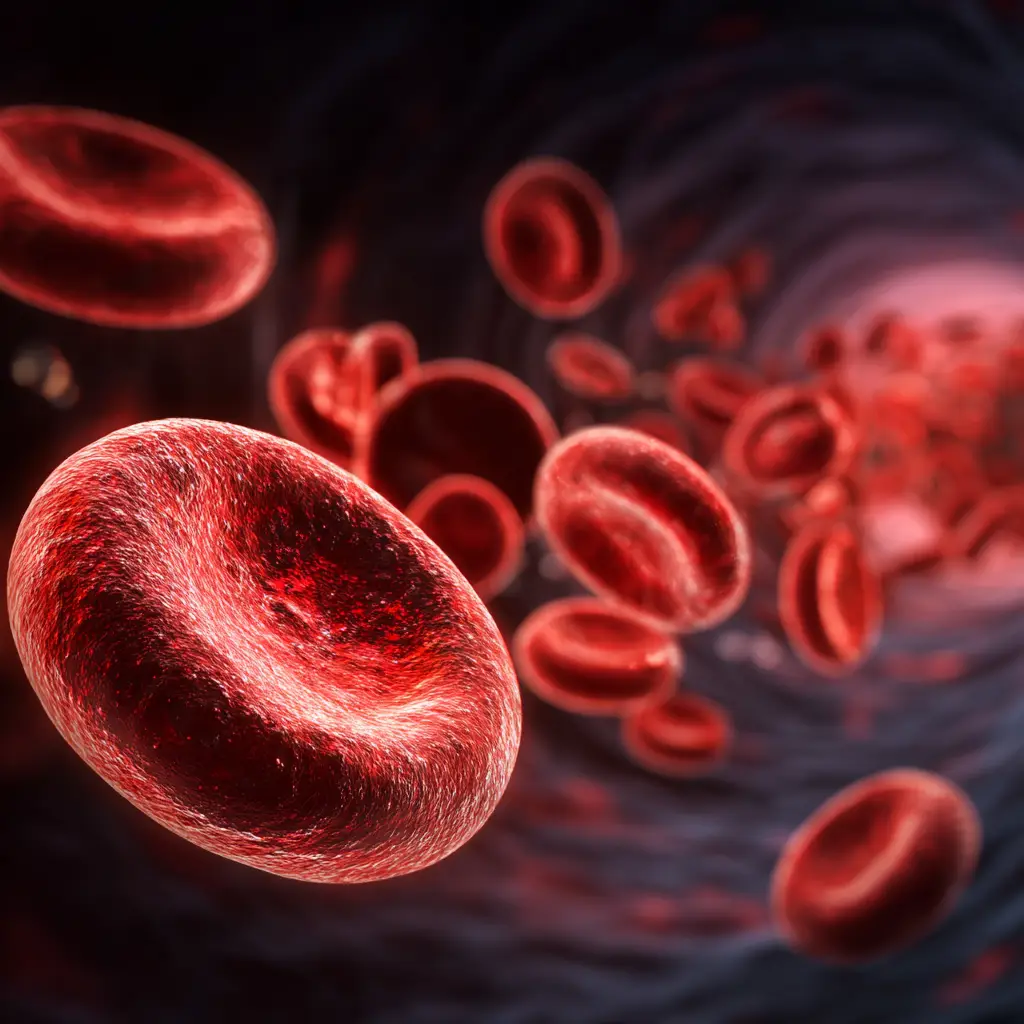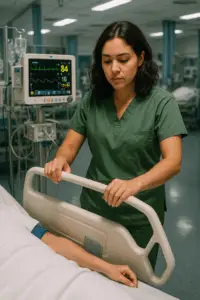The primary goal of oxygen therapy is straightforward: maintain adequate tissue oxygenation while minimizing the workload on both the heart and lungs. When we administer oxygen, we’re not just treating low SpO₂ numbers on a monitor; we’re preventing the body from working overtime to compensate for hypoxemia. Understanding how oxygen therapy reduces cardiopulmonary stress is fundamental to making smart clinical decisions at the bedside.
While the immediate objective of treating hypoxemia is to restore adequate oxygen levels, the subsequent effects on the respiratory and cardiovascular systems are equally significant. Each breath a hypoxemic patient takes without supplemental oxygen triggers a series of compensatory mechanisms within the body. The respiratory muscles exert increased effort, the heart rate accelerates, and the pulmonary vasculature undergoes constriction. Oxygen therapy interrupts these stress responses, providing the cardiopulmonary system with the respite it urgently requires.
Recognizing Hypoxemia at the Bedside
A hypoxemic patient presents differently than a normoxic patient, and recognizing these differences is critical for early intervention. When you walk into a patient’s room, the clinical picture tells you what’s happening before you even look at the monitor. Hypoxemic patients are working are truly working. You can see it in their body language, breathing pattern, and overall presentation.
Look for increased respiratory effort: nasal flaring, use of accessory muscles (sternocleidomastoids and scalenes visibly contracting), intercostal retractions, and tripod positioning where the patient leans forward to maximize lung expansion. These aren’t subtle findings. They’re the body’s attempt to pull in more air to compensate for inadequate oxygenation. You’ll notice tachypnea with shallow breaths or, conversely, deep labored breathing depending on the underlying cause. The patient may appear anxious, restless, or confused due to cerebral hypoxia. Skin color changes matter too: look for cyanosis around the lips and nail beds, though this is a late sign and shouldn’t be relied upon as your primary indicator.
Compare this to a normoxic patient who breathes comfortably at rest, uses no accessory muscles, maintains normal mentation, and shows no signs of respiratory distress. The difference is stark. Your clinical assessment should drive your decision to initiate oxygen therapy, not just a number on a pulse oximeter. If a patient looks like they’re struggling to breathe and maintain adequate oxygenation, that’s your indication to act even before you confirm it with SpO₂ or arterial blood gas measurements.
Vital Sign Changes in Hypoxemia
Hypoxemia triggers predictable changes in vital signs as the body attempts to compensate for inadequate oxygen delivery. Recognizing these patterns helps you identify patients who need oxygen therapy and monitor their response to treatment.
Key vital sign changes in hypoxemia:
- Tachycardia – Heart rate increases to circulate available oxygen faster; this is often the earliest vital sign change you’ll see
- Tachypnea – Respiratory rate climbs as the body tries to increase minute ventilation and improve oxygen uptake
- Hypertension (early) – Blood pressure may initially rise due to sympathetic activation and vasoconstriction as the body attempts to maintain perfusion
- Hypotension (late) – If hypoxemia continues uncorrected, blood pressure eventually drops as compensatory mechanisms fail and cardiovascular collapse becomes imminent
- Altered mental status – Confusion, agitation, or lethargy develop as cerebral oxygenation declines, progressing to unresponsiveness in severe cases
Here’s what matters clinically: these vital sign changes represent the body’s stress response. When you administer appropriate oxygen therapy and the patient’s oxygenation improves, you should see these vital signs normalize. Heart rate should decrease, respiratory rate should slow, blood pressure should stabilize, and mental status should clear. If vital signs don’t improve despite oxygen therapy achieving adequate SpO₂, you need to investigate other causes—shock, pain, anxiety, underlying cardiac disease, or incorrect oxygen delivery device selection.
The trend matters more than a single measurement. A patient whose heart rate drops from 120 to 95 after starting oxygen is telling you the therapy is working. A patient whose respiratory rate remains at 32 despite an SpO₂ of 95% on high-flow oxygen is telling you something else is wrong. Read the whole clinical picture, not just individual data points.
Treat Patients, Not Monitors
The pulse oximeter is a tool, not a treatment target. Your job is to ensure adequate tissue oxygenation and reduce cardiopulmonary stress—the SpO₂ reading is simply one indicator of whether you’re achieving that goal. Focusing exclusively on the number leads to poor clinical decisions and can harm patients.
Here’s the problem with monitor-focused care: an SpO₂ of 88% might be perfectly acceptable for a COPD patient with chronic CO₂ retention who functions well at that level, while the same reading in a previously healthy trauma patient signals significant respiratory compromise requiring immediate intervention. The number alone doesn’t tell you what’s happening with tissue perfusion, cardiac output, hemoglobin levels, or metabolic demands. You can achieve a “good” SpO₂ reading while the patient remains tachycardic, tachypneic, and using accessory muscles—clear evidence that oxygen delivery isn’t meeting tissue demands despite the monitor saying otherwise.
Clinical assessment drives oxygen therapy decisions. Is the patient’s work of breathing excessive? Are they showing signs of inadequate perfusion—altered mentation, cool extremities, delayed capillary refill? Is their heart rate elevated without another clear cause? These findings matter far more than whether the SpO₂ reads 89% or 92%. Treat the patient’s clinical presentation and physiological response, using the monitor to guide adjustments but never as the sole determinant of care. When the patient looks comfortable, breathes easily, maintains stable vital signs, and shows no signs of inadequate oxygenation, you’ve achieved your goal—regardless of whether the SpO₂ is 92% or 98%.
Remember: the goal isn’t to maximize oxygen saturation. The goal is to maintain adequate tissue oxygenation while minimizing cardiopulmonary work. That’s patient-centered care, not monitor-centered care.

